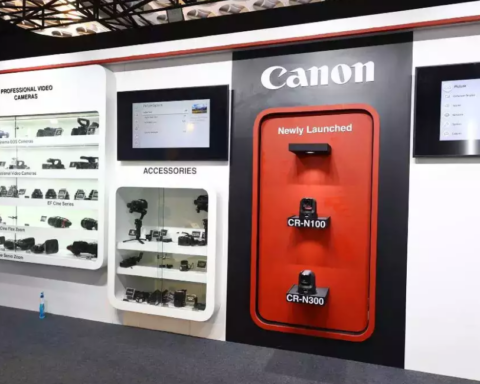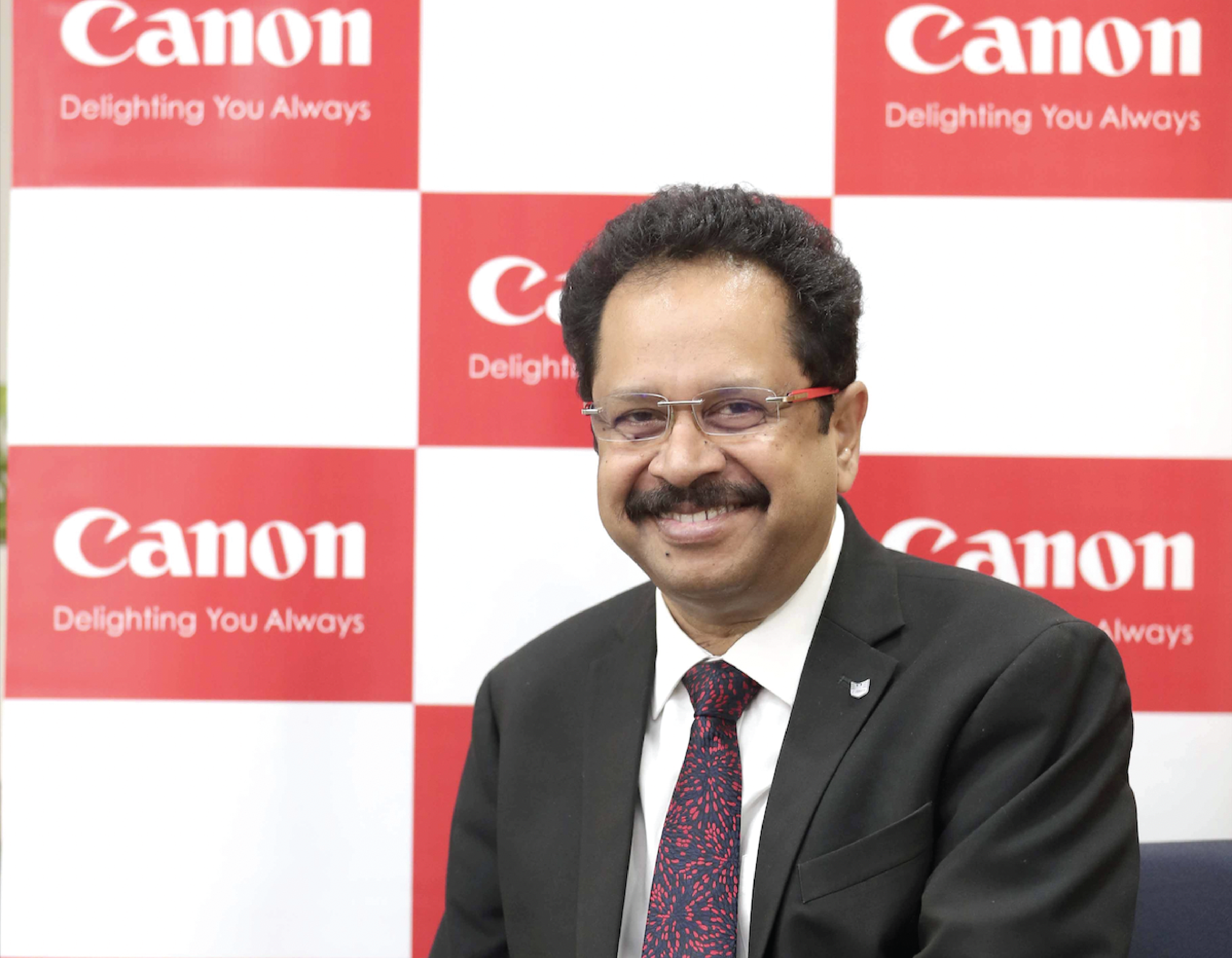 Canon Inc. celebrated manufacturing milestone with the production of its 90-millionth EF-series interchangeable lens, a EF24-70mm f/2.8L II USM.A historic achievement for the company, the production of interchangeable EF lenses for Canon EOS-series AF (autofocus) film cameras began in 1987 at the company’s Utsunomiya Plant.
Canon Inc. celebrated manufacturing milestone with the production of its 90-millionth EF-series interchangeable lens, a EF24-70mm f/2.8L II USM.A historic achievement for the company, the production of interchangeable EF lenses for Canon EOS-series AF (autofocus) film cameras began in 1987 at the company’s Utsunomiya Plant.
Since then, Canon has produced them at four manufacturing centers, including Canon Inc., Taiwan; Canon Opto (Malaysia) Sdn. Bhd.; and Oita Canon Inc. in southern Japan. EF lens production surpassed the 10-million-unit mark in 1995, doubling to 20-million lenses in 2001. After reaching the 30-million-unit milestone in 2006, Canon celebrated the production of its 40-millionth lens in 2008. Owing to the rapid spread of the EOS digital SLR cameras series, production for Canon’s EF lenses gained momentum, reaching the 50-million-unit milestone in 2009, followed by the 60-million-unit and 70-million-unit marks in January and October of 2011, respectively. And the EF series reached the 80-million mark in August 2012, and just nine months later, the EF series has now come to celebrate its 90-millionth lens produced.
Canon’s EF lens series was first introduced together with the EOS SLR camera system in March 1987, and has over the years led the industry through the incorporation of a number of innovative technologies, including such world’s firsts*1 as the Ultrasonic Motor (USM) for use in lenses, Image Stabilizer (IS), a multi-layered diffractive optical (DO) element, and Subwavelength Structure Coating (SWC) anti-reflection technology. And in May of this year, Canon announced an EF200-400mm f/4L IS USM, a super telephoto zoom lens equipped with a 1.4x internal extender and offers a 200-560 mm wide zoom range. As a result, Canon’s current EF lens lineup comprises 84 models*2 including the EF Cinema Lens series for use in cinema and TV production.
Canon will continue refining its diverse imaging technologies based on its core optical technologies, striving to produce exceptional and reliable lenses and cameras that cater to the varying needs of photographers—from first-time users to advanced amateurs and professionals—while contributing to expanding the photographic and video imaging culture.







